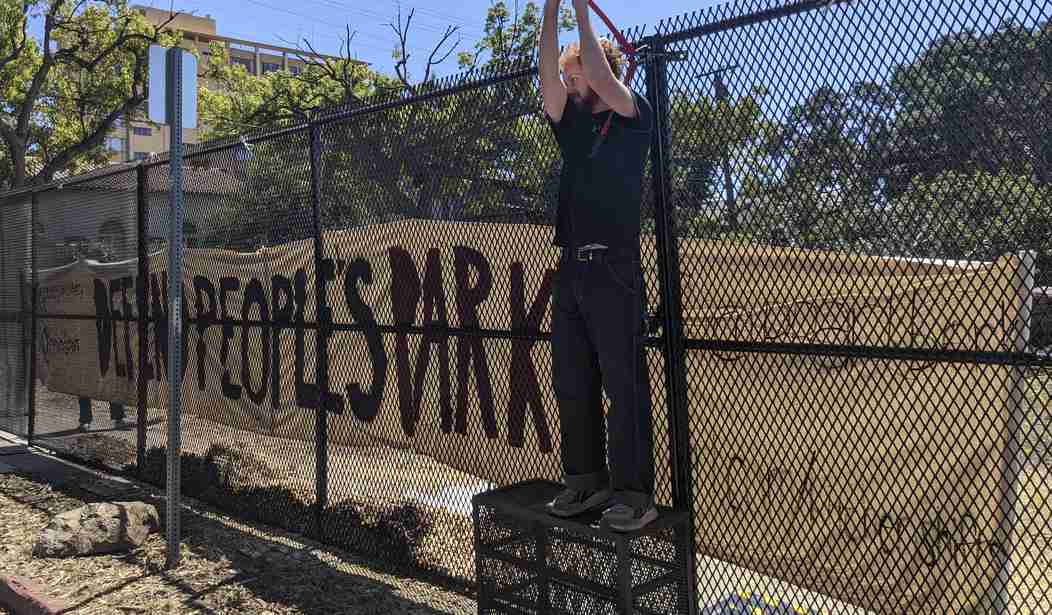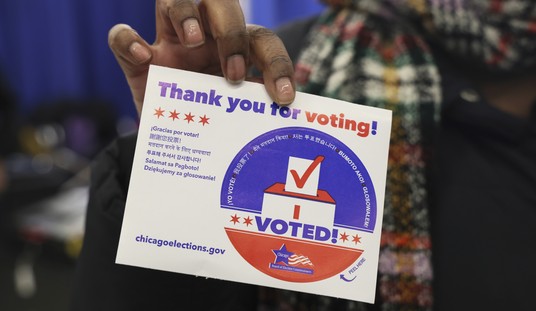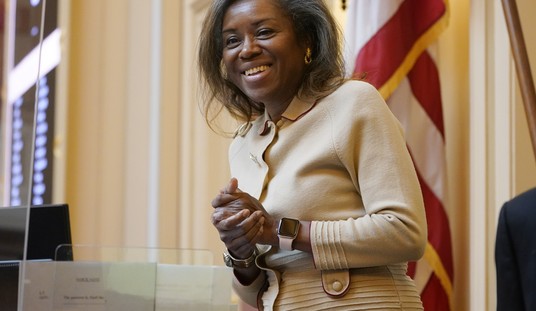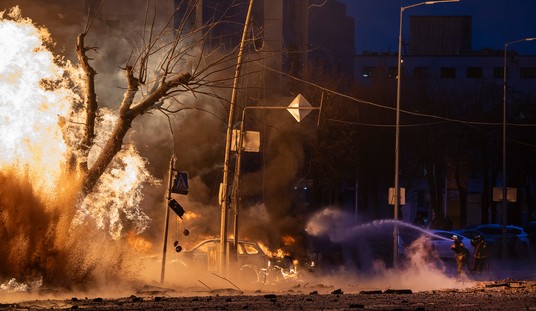You may recall that in the spring of 2022 there was a big story at Berkeley over lack of housing. California’s Supreme Court ruled in March that Berkeley could not keep admitting more and more students without providing housing for them to live in. Berkeley had grown from about 30,000 students in 2005 to over 42,000 in 2019 but the amount of housing hadn’t changed much. A lawsuit was filed and by last year Berkeley was on the verge of having to pull as many as 3,000 acceptance letters because there was no place for those kids to live. For those who were accepted, it was common for 8-10 students to have to share a small house because rents were so high.
Berkeley got the message that they needed to build more housing and they happened to have a large piece of land that would be perfect for that. That site, People’s Park, has a long history going back to the free speech movement in the late 1960s.
The story of People’s Park began in 1967, with a few dozen houses three blocks south of the main entrance to U.C. Berkeley’s campus.
University officials used eminent domain to buy the properties and raze them, saying they needed the land for dorms. Yet many believed destroying the houses was a ruse.
Berkeley had become the center of the nation’s counterculture movement, home to huge protests about the Free Speech Movement and against the Vietnam War. And thousands of those left-leaning activists had settled on the affordable south side of campus, exactly where officials were ousting residents.
A bunch of those people showed up with sod and flowers and proclaimed the spot “People’s Park” in what sounds like an early incarnation of the Occupy movement. Berkeley responded by bulldozing it:
On May 15, 1969, the university dispatched hundreds of police officers to bulldoze the park, which was on campus property. That ignited a conflict with protesters that came to be known as Bloody Thursday, in which law enforcement killed one man and injured more than 100.
To try to quell further rebellion, then-Gov. Ronald Reagan sent in 3,000 National Guard troops, who arrived with tanks and trucks.
Long story short, the park became a symbol of hippie resistance to the man, or whatever, and Berkeley never did built any student housing there. But that changed in Sep. 2021 when the school system decided to build dorms there for about 1,000 students to help deal with the aforementioned housing problem. And by that point, the park was mostly just a hangout for homeless people.
But of course this is Berkeley so the activists decided to oppose the new construction and showed up to throw “rocks, bottles, and glass” at the construction workers until they had to retreat for their own safety. Ed wrote about it here.
Then, in February 2023, the courts stepped in and said Berkeley was forbidden from building anything at the People’s Park because there were problems with its environmental review. This kind of green NIMBYism is very common in California. It’s one of the reasons (not the only one) that California’s plan to build high speed rail between Los Angeles and San Francisco has fallen far behind schedule. The use of environmental laws to block construction in the park made enough of a splash that even Gov. Newsom vowed to do something about it.
California Gov. Gavin Newsom said he’ll work this year to reform a landmark state environmental law that he says has been weaponized by wealthy homeowners to block badly-needed housing for students at the University of California, Berkeley.
Newsom’s comments over the weekend followed a state appeals court ruling that found the University of California “failed to assess potential noise impacts from loud student parties in residential neighborhoods near the campus” as required by the California Environmental Quality Act, or CEQA, when it planned new housing near the university.
But the battle over the park continued. Last September a coalition of groups sued the UC system:
Neighborhood groups tied to People’s Park have filed a $4.5 million lawsuit against the University of California Regents, claiming officials “willfully and maliciously” destroyed the community’s plants and property — hindering access and enjoyment of the park in the process.
Three 50-year-old nonprofits — the People’s Park Council, People’s Park Project and Native Plant Forum — filed a civil complaint this week in Alameda County Superior Court, finding fault in how the Regents, the UC system’s governing board, ordered demolition crews last August to start felling trees and fencing in the property a few blocks south of UC Berkeley’s campus.
And that finally brings things up to this week when Berkeley finally dropped the hammer on the People’s Park with a late night operation that surrounded the whole thing with shipping containers.
A fraught battle to build long-sought student housing at the storied People’s Park in Berkeley, Calif., took an extraordinary turn early on Thursday when hundreds of law enforcement officers surrounded the site and removed several dozen activists and homeless campers in preparation for the construction of a wall of shipping containers around the perimeter of the park.
The midnight operation, conducted while most students at the nearby University of California, Berkeley, were still away for the winter break, was the latest effort to proceed with a $312 million construction project that was originally scheduled to break ground in 2022…
“We’re trying to let people leave, but if they refuse, they’re being arrested,” Dan Mogulof, a university spokesman, said by phone from inside the police perimeter at about 2 a.m. “Everyone was offered shelter. A few took us up on it. But some of the activists are still on the site. I’m looking at a couple perched on the roof of the park bathroom and a couple in a tree fort right now.”
Within a couple hours, everyone had been cleared out and work inside the former park began immediately.
Workers in heavy machinery removing trees at People’s Park while officers check tents and tell community members inside they need to leave. pic.twitter.com/NagG2zZumj
— The Berkeley Scanner (@BerkeleyScanner) January 4, 2024
The decision to do this while Berkeley students were away was pure genius because it meant there were a lot fewer “activists” around to get in the way The ring of shipping containers was compared to Trump’s border wall but it was necessitated by what activists had done to a fence back in 2022:
A fortress of rusty, dented and secondhand shipping containers popped up overnight around Berkeley’s People’s Park on Thursday, creating an imposing and arguably ugly barrier around the controversial site — a piece of land now slated for housing rather than homeless tents or historic preservation of the free speech movement’s mecca…
“We learned in August of 2022 that even a really sturdy fence, and an expensive one at that, that we put up, was not sufficient to withstand attacks on it by people who were ready and willing to engage in vandalism, and who would resort to just about anything to tear the fence down,” said Dan Mogulof, university spokesman, adding alternatives would likely be expensive and unsuccessful as well. The shipping containers “seemed to offer the best solution given that our primary objective was to close what is a construction site.”
A protester who gathered at the site Thursday compared it to “Trump’s border wall.”
You can see the Berkeley border wall in these photos.
You have to see it to believe it — double-stacked shipping containers surrounding People's Park, future site of UC Berkeley student housing.
Photos by @BronteWittpenn https://t.co/T3aV1zur4x via @sfchronicle pic.twitter.com/hfVkcOJxOW
— Demian Bulwa (@demianbulwa) January 4, 2024
Here’s a look at what’s happening inside People’s Park after the university cleared it and closed it off overnight. You can see double-stacked shipping containers surround the park and it is now an active construction site. @nbcbayarea pic.twitter.com/uZE9a7plRM
— Gia Vang (@Gia_Vang) January 5, 2024
Will this work or will returning students/activists simply climb over the wall to disrupt construction (or maybe burn some equipment like the activists in Atlanta trying to stop “Cop City). We’ll have to wait and see but even the SF Chronicle published a story suggesting opponents of the construction have lost the plot.
The thing to remember about Thursday’s protests seeking to save Berkeley’s People’s Park is that they’re not really just about saving People’s Park.
They’re more about saving an ideal. And here, the dwindling number of park preservationists have lost the plot. In all ways.
They refuse to acknowledge that Californians have become YIMBYs. Yes, even in Berkeley, long known as NIMBY central. Now, even “the man” in the last half-century of this saga —aka UC Berkeley — is on the side of the people. California desperately needs to build more housing.
Still, my advice to the construction crews is work fast.








Join the conversation as a VIP Member